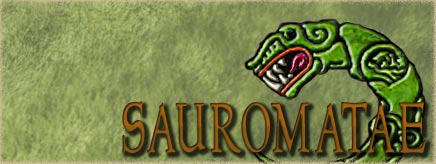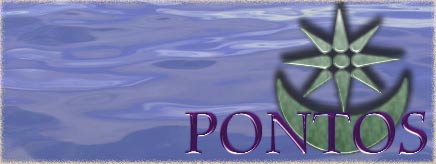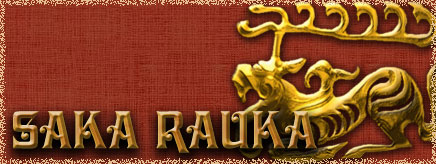Hello,
I've been playing eb for a quite a while now, and I've been left wondering what kind of army composition the Carthaginians historically used and the EB quivalent. I've already played campaigns where I just use heavy cavalry and elites, but now I want to experience a more historic gameplay.
[edit: whoops, typo in the title, could someone change that?]



 Reply With Quote
Reply With Quote






 donated by Brennus for attention to detail.
donated by Brennus for attention to detail.






Bookmarks